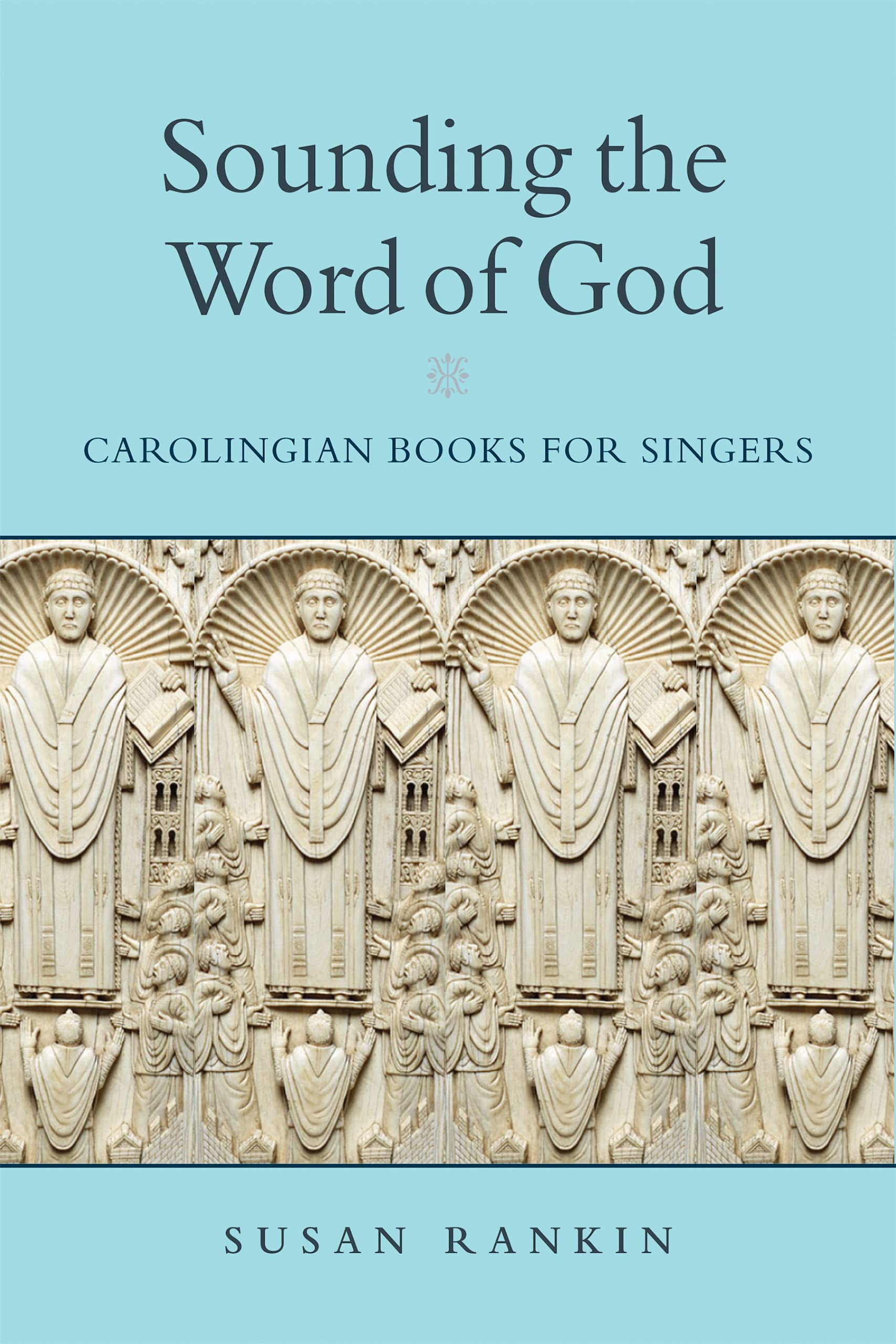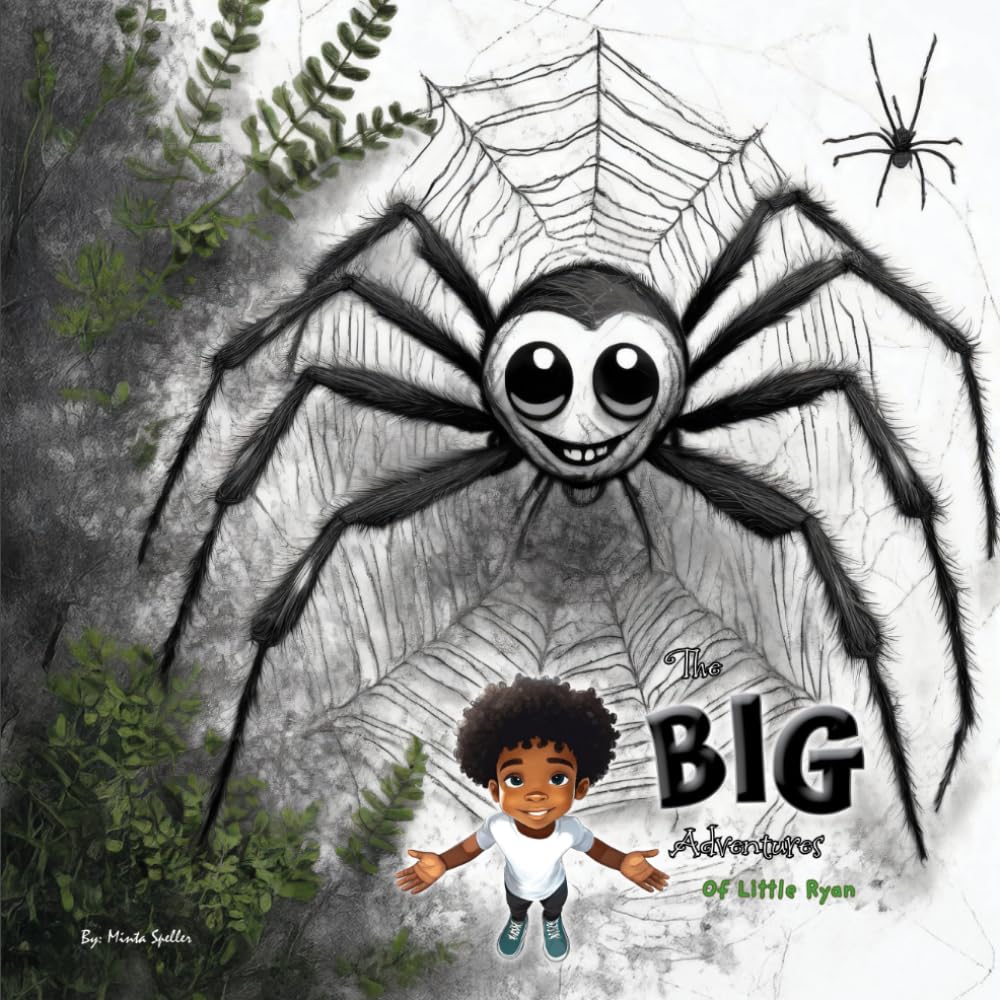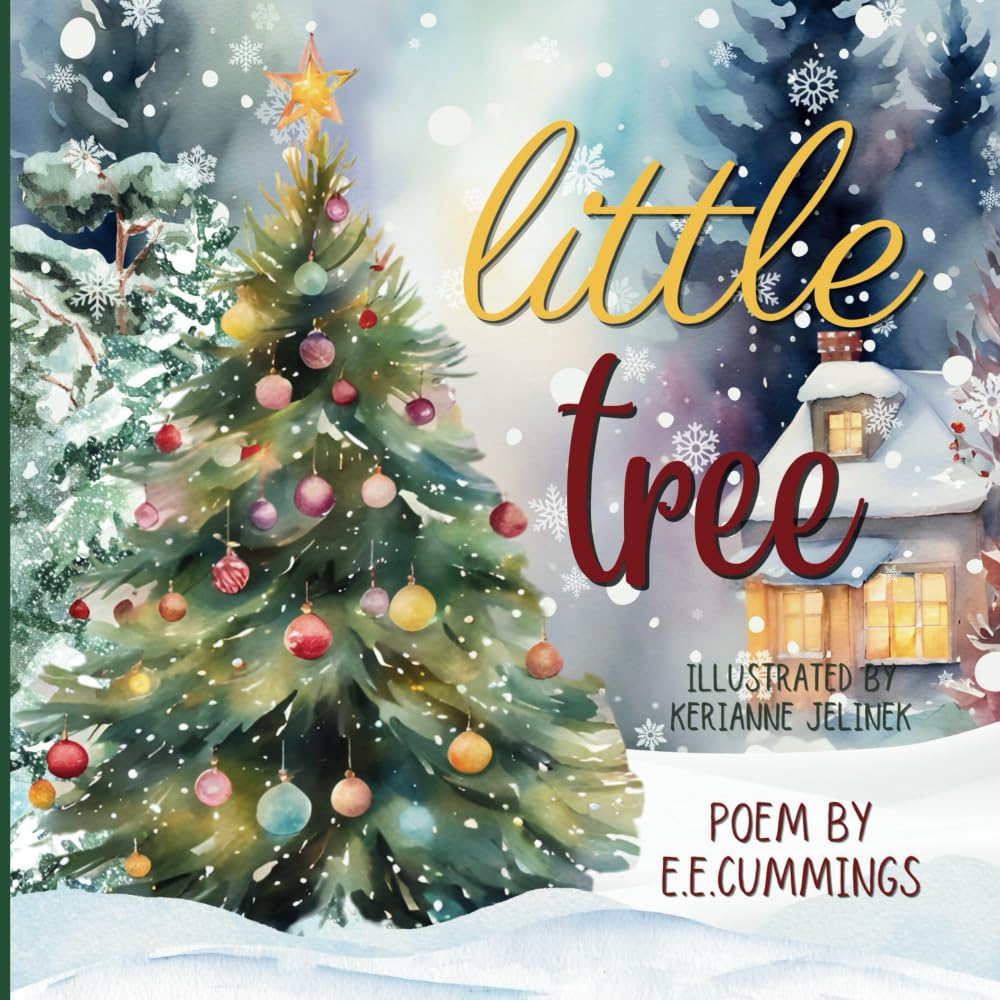Drawing on a wide context of bookmaking, this sweeping study traces fundamental changes in books made to support musical practice during the Carolingian Renaissance. During the late eighth and ninth centuries, there were dramatic changes in the way European medieval scribes made books for singers, moving from heavy reliance on unwritten knowledge to the introduction of musical notation into manuscripts. Well-made liturgical books were vital to the success of the Carolingian fight for Christian salvation: these were the basis for carrying out worship correctly, rendering it most effective in petitions to the Christian God. In Sounding the Word of God , Susan Rankin explores Carolingian concern with the expression and control of sound in writing―discernible through instructions for readers and singers visible in liturgical books. Her central focus is on books made for singers, including those made for priests. The emergence of musical notations for ecclesiastical chant and of books designed to accommodate those notations, Rankin concludes, are important aspects of the impact of Carolingian reforming zeal on material culture. The book has three sections. Part 1 considers late antique and early medieval texts, which deal with the value of singing and its necessary regulation. Part 2 describes and investigates techniques used by Carolingian scribes to provide instructions for readers and singers. The extant books themselves are the focus of part 3. Rankin’s analysis of over two hundred manuscripts and extensive supporting images represents the work of a scholar who has spent a lifetime with the sources; her explication of the images, particularly those of the earlier manuscripts, changes the way in which musicologists and liturgical scholars will view the images. Indeed, it will change the way in which they approach the unfolding history of chant and liturgy in the Carolingian period. “Susan Rankin has for decades reflected on the relations between the visible signs on the page and musical sound. This book boldly steps in a new direction in several fields of study: palaeography, history of the book, history of liturgy, music history, art history, and the broad history of the eighth and ninth centuries.” ―Calvin M. Bower, translator of Fundamentals of Music Susan Rankin is emeritus professor of medieval music at the University of Cambridge and Vice-Master of Emmanuel College, Cambridge. She is the author and co-editor of a number of books, including Writing Sounds in Carolingian Europe: The Invention of Musical Notation . The proper chants of the mass and office were not communally sung: in large enough institutions, a choir and cantor would be responsible for these. How this element of the liturgy was handled in smaller and poorer situations is quite unknown. The justification for the incorporation of such a sensuous medium as music into the liturgy was its power: it should promote understanding of the word of God, and move worshippers to greater devotion. In such ideals, Carolingian ambitions for music were no different from those of the Roman church in earlier periods: but the Carolingians construed those aims in accordance with their more general concern with the quality and correctness of Latin texts. Therefore concern with the primacy of the words of chants directed their work on the texts, while concern with audibility and projection of meaning governed new levels of musical control. With new intellectual means (in the form of music theory) and materials (in the form of well-made books, some with musical notation) to manage the delivery of chant texts, Carolingian singers could be expected to perform eloquently, so that, in the words of Hrabanus Maurus, their singing might “turn the mind of the people upwards to heavenly things and direct it to divine contemplation.” For Carolingian liturgical writers, such expectations rested entirely on the view that good performance depended on correctness: that correctness further depended on following instructions – at the minimum the chant text – which could be verified against a written record when necessary. It now became unacceptable for individual singers to express themselves freely, except through the delivery of set texts, singing these using melodic shapes considered appropriate for that delivery. There is no implication in the surviving manuscript sources that musical notation was introduced as a means of regulation of musical delivery: nevertheless, once available, it could function in that way. The very detailed notations written into a small number of late ninth-century music books (above all, Laon 239 and SG 359) show how far good musical scribes could go in offering information about how to sing texts distinctly and with eloquence. The primary objective in terms of the practice of liturgical chant circa 800 had been the availability of an approved repertory, and its appropriate, corrected, expression. In terms of repertory and text versions, that obj













